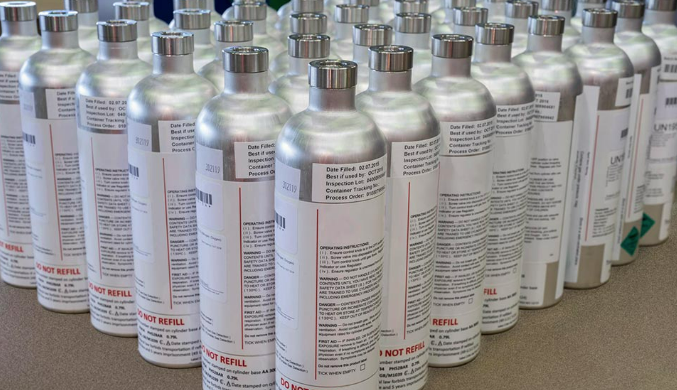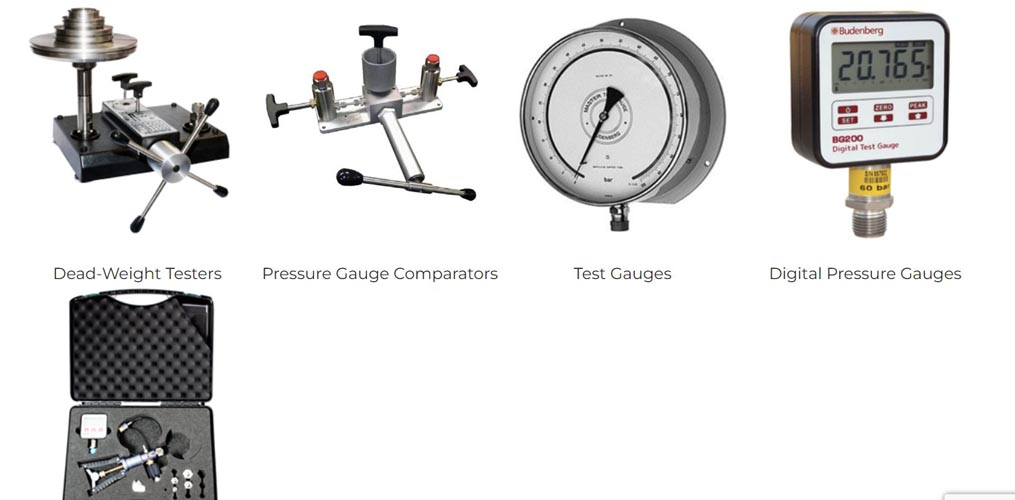
Analysis of calibration gas cylinder and Manufacturing of Calibration gas
Manufacturing of Calibration gases
manufactures gas mixtures using various processes, including filling components into compressed gas cylinders, using pre-mixtures with higher components, and using the manometric method for pressure measurement. The manometric method offers high flexibility but low process accuracy. The gravimetric method, according to ISO 6142, is the most common procedure for high-precision calibration gas mixtures. This method involves weighing the masses of specific components, which is one of the most accurate physical measuring methods. Homogenization is used to ensure uniform distribution of components throughout the gas cylinder volume. Gas mixtures are then analyzed according to ISO 12963 or ISO 6143. The manometric method results serve as certification of composition and uncertainties. The gravimetric filling method's determined composition and uncertainties are more accurate than the analysis, so gravimetric data and uncertainties are certified. Each individually produced gas mixture is supplied with a certificate, which contains important information about the gas mixture, in accordance with ISO 6141. The certificate is attached as a label to each gas cylinder.
Uncertainty of Calibration gas Cylinder
Uncertainty is a parameter associated with a measurement that characterizes the dispersion of values attributed to the measureand. It can be a standard deviation or the half-width of an interval with a stated level of confidence. In gas mixtures, the expanded uncertainty with a coverage factor of k=2 is applied, ensuring the true value lies with a probability of 95% in the specified confidence interval. Factors influencing the uncertainty of a given gas mixture composition include gravimetric manufacturing, component purity, changes in air density and buoyancy due to temperature, pressure, or humidity, and mass increase or loss of cylinders due to handling. Analytical determination of the composition also involves uncertainty of analytical comparison measurement and uncertainties of calibration gases and reference materials used.




